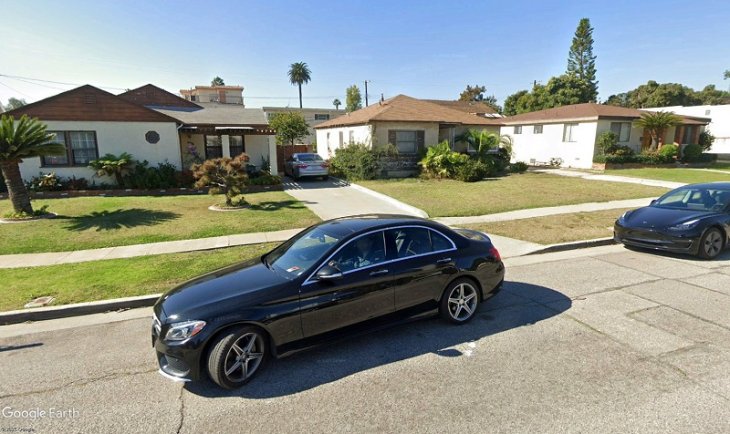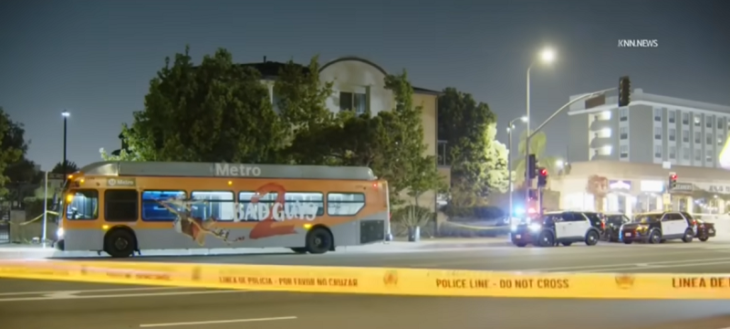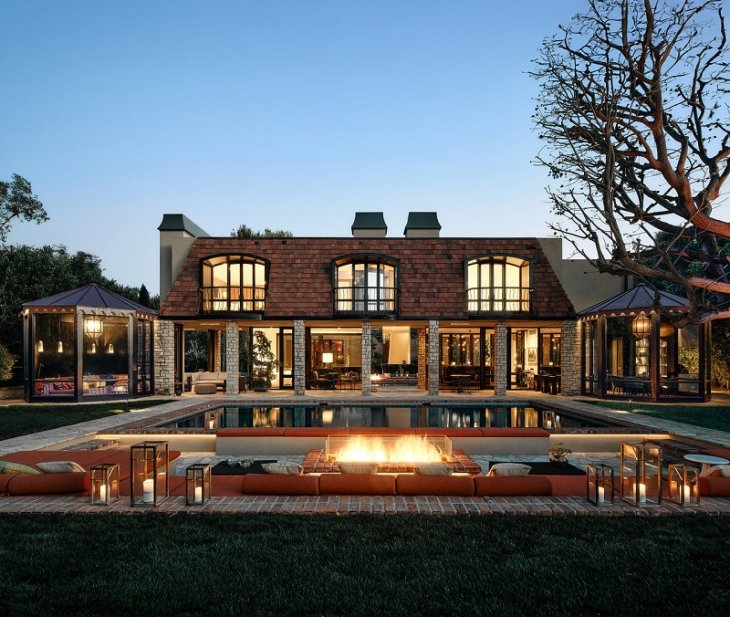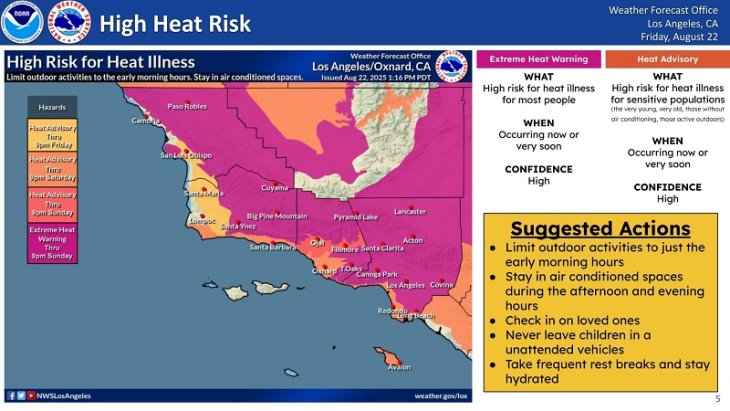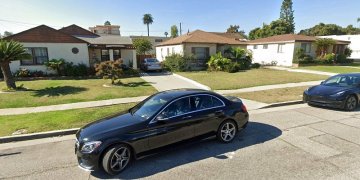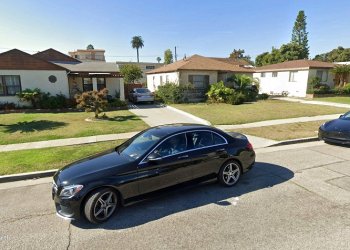By Tom Elias, Westside Today Columnist
Six weeks after Californians saw the legislative failure of SB 50, an attempt to impose dense housing and high-rise buildings on most parts of this state, the bill’s author is back with yet another attack on single-family zoning throughout the state.
This one is called SB 902. It’s the third bid in the last three years by Democratic state Sen. Scott Wiener of San Francisco to urbanize neighborhoods that neither want nor need to see their characters changed.
Wiener’s first two tries fixated on transit, mandating that cities OK apartment and condominium buildings of up to eight floors anywhere near light rail stations, and only somewhat shorter structures anywhere within hailing distance of major bus routes. Cities wanting to densify under that plan could do it just about anywhere, merely by increasing the frequency of bus traffic on particular streets.
The fix would have been in for developers and construction unions, who stood to make big money from this misguided method of allegedly fighting the state’s housing shortage.
But a coalition of homeowner groups and local officials jealous of their right to govern their own cities and counties shot it down both times.
That didn’t change Wiener’s mindset about single-family zoning. He still believes it’s an abomination to build substantial homes on decent-sized lots. For sure, anything like that contrasts starkly with Wiener’s home turf in San Francisco’s Castro District, where cheek-by-jowl wooden walkup apartment buildings of varying heights fill the cityscape.
With his new effort, Wiener’s basic idea hasn’t changed, but his tactics have. He’s no longer focusing as much on transit to decide where new housing should rise. Nor does he insist on high-rises. In fact, SB 902 is not nearly so draconian or compulsory as Wiener’s previous efforts. Which may give it a better chance for passage and the almost certain signature of Gov. Gavin Newsom, whose own flailing attempts to get millions of new homes built quickly have failed miserably so far, mostly because there aren’t enough qualified buyers for even the relatively few new homes that actually have been built. The coronavirus pandemic will reduce that group even more.
“It’s much lighter-touch housing,” Wiener said as he introduced his new measure. This one is wider-ranging than SB 50, taking in virtually all communities in the state, not merely those with active public transportation. “It’s OK for it to be broader, because many communities in California that don’t necessarily have great transit or job access are still struggling with housing…so we need housing everywhere.”
Instead of compelling everything, SB 902 compels only one thing, but also enables quite a bit. It forces an end to R-1 single family zoning everywhere in California, while giving owners the right to build or convert existing homes into small multi-family housing except where there’s high-risk for wildfires.
In part because Wiener’s previous efforts have often been derided as one-size-fits-all approaches, this bill makes distinctions between urban and rural areas. It would create a right to build or convert single family homes into multi-unit structures everywhere except commercial and industrial areas.
But in unincorporated areas and cities with fewer than 10,000 people, only duplexes are guaranteed approval on all lots. Buildings with up to three units could rise on any property in cities between 10,000 and 50,000 persons. The maximum would be four units in cities over 50,000.
This could be a way for existing homeowners having difficulty making mortgage payments to build new units and create a funding source for their payments. The bill also would not touch local height and design standards, in sharp contrast to Wiener’s earlier plans. It allows cities to upzone areas for denser housing if they wish, without going through much of today’s laborious environmental processes.
Said Wiener, “We’re serious about giving cities more and more tools to make their lives easier in…approving more housing.”
This is all a far cry from SB 50, with its firm mandates and removal of local control. But it still could change the character of many California areas.
All of which gives this plan a much better chance of becoming law than the major housing measures Wiener has sponsored before.
Email Thomas Elias at tdelias@aol.com. His book, “The Burzynski Breakthrough, The Most Promising Cancer Treatment and the Government’s Campaign to Squelch It” is now available in a soft cover fourth edition. For more Elias columns, visitwww.californiafocus.net

